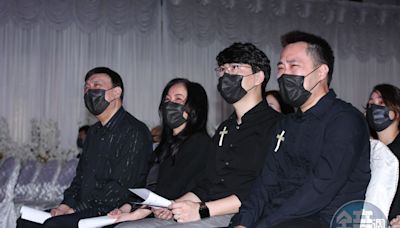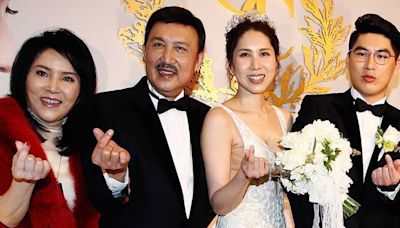搜尋結果
Some characters, whether simplified or not, look the same in Chinese and Japanese, but have different stroke orders. For example, in Japan, 必 is written with the top dot first, while the Traditional stroke order writes the 丿 first. In the characters 王 and 玉, the vertical stroke is the third stroke in Chinese, but the second stroke in ...
Mainly in Shantou, southeastern Guangdong province. The Swatow dialect, or in Mandarin the Shantou dialect, is a Chinese dialect mostly spoken in Shantou in Guangdong, China. It is a dialect of Chaoshan Min language. [4] It is similar to and largely mutually intelligible with the Teochew dialect.
Classical Chinese grammar. The term "Classical Chinese" refers to the written language of the classical period of Chinese literature, from the end of the Spring and Autumn period (early 5th century BC) to the founding of the Qin dynasty in 221 BC [1] —or in a broader sense to the end of the Han dynasty in 220 AD. [2] ".
Synopsis. Ning Yi ( Chen Kun) is the highly intelligent and calculating sixth prince of the Tiansheng kingdom. He has learned to hide his true personality behind a carefree façade after the corrupt and duplicitous court officials charged the third prince Ning Qiao, Ning Yi's older half-brother, with high treason.
t. e. The naval history of Japan began with early interactions with states on the Asian continent in the 3rd century BCE during the Yayoi period. It reached a pre-modern peak of activity during the 16th century, a time of cultural exchange with European powers and extensive trade with the Asian continent.
The tōyō kanji, also known as the tōyō kanjihyō (当用漢字表, "list of kanji for general use") are the result of a reform of the Kanji characters of Chinese origin in the Japanese written language. They were the kanji declared "official", i.e. characters that could be used in official government documents, by the Japanese Ministry of Education (文部省) on November 16, 1946.
The attack on Pearl Harbor [nb 3] was a surprise military strike by the Imperial Japanese Navy Air Service on the American naval base at Pearl Harbor in Honolulu, Hawaii, in the United States, just before 8:00 a.m. (local time) on Sunday, December 7, 1941. At the time, the United States was a neutral country in the World War II conflict.





